Mountain Bus interview
Sundance by Mountain Bus was released in 1971. It’s a very impressive record from the start to the finish.
What was your first instrument? Who were your major influences?
Bill Kees (guitar): When I was a kid, my parents would play classical music on the record player, which I loved, but never imagined playing myself. I suppose, like so many kids back then, that it was seeing “A Hard Days Night” at the movie theater, that really stoked my interest in playing. I knew nothing about pop music really, but I could see myself playing electric guitar. I fell in love with the sounds one could squeeze out of the strings. I talked my parents into buying me a guitar and amp and I was off. From that point onward I studied every guitar sound I heard on the radio, and the stuff I really liked, I got the records. I would move the stylus to the beginning of the track I liked, over and over again and would play along until I got it right. At least, that was my goal. I was very taken by B.B. King and somehow talked my Dad into getting me a Gibson ES-345, the guitar that B.B. King played. We had a neighbor who worked for CMI, which owned Gibson at the time, and he got my Dad a deal on a factory second which I played in high school bands and right through Mountain Bus.
Ed (guitar): Growing up, there was always a radio on in our house. We watched all the variety shows on the TV. At 10 years old I got an accordion that I took lessons on for 3 years. At 13 years old a friend introduced me to guitar and within months I got an acoustic guitar, he would show me chords and we’d play Elvis, Gene Vincent, Jerry Lee Lewis for anyone who would listen. At 17 years old I traded my old accordion and some $$$$ for a 1960 Gibson Les Paul Jr. and a Silvertone amp.
What bands were you a member of prior to the formation of Mountain Bus?
Bill: The “Fantasy” band was my first band in high school. We were doing covers of “Yardbirds” songs like “Heart Full of Soul” to “Over Under Sideways Down” but more importantly to me, jam tunes like their take on “I’m a Man”, a “Rave Up” as they described it, in other words, a forerunner to “psychedelic” jams soon to come. I was mesmerized by Jeff Beck’s lead guitar work (and still am). I think we were the first band in the area to cover Jimi Hendrix songs from his first LP like “Manic Depression” and “May This be Love”. “Hearts of Soul”, the other high school band I was in, played R&B hits for the most part, which I also loved. There was so much great music in those days. There were a few demo recordings of those bands, all lost now.
Ed: “Moons and the Stars”, was formed with other students while I was living in the dorm at Loyola U. in Chicago in 1961. We played fraternity parties and parties after basketball games. I sang and played lead guitar. We did mostly early rock tunes by Elvis, Dion and the Belmonts, etc. In 1964-65, I noticed a few other people on campus with long hair. As it turned out, they were musicians too with similar interest in the Rolling Stones and the Chicago blues sound. This band became Rhythms Children. We were together playing for Chicago high schools and colleges playing Stones, Van Morrison, Muddy Waters and R&B tunes. The band broke up in 1967 when the bass player had to move to Canada to avoid being drafted. We recorded in the studio twice, mostly blues covers and I think two originals by Steve Titra, the other guitarist. The tapes have long since disappeared.
Ed Mooney, Tom Jurkens, and Steve Krator were in a band as students called ‘Moons and the Stars’. This was from 1962 to 1964. Jurkens was also in another band called ‘Jurk & The Bushman’ (1965) and out of this’ Rhythms Children’ were formed.
Bill: Ed Mooney knows the early Mountain Bus history, so I’ll defer to him answer these. I was the last member to join the band, except for our second drummer, Lee Sims.
Ed: Craig Takehara was recruited to replace bassist Joe Wildersen. As I recall we had an outdoor gig at Loyola U. and Bill Kees was invited to sit in with us. We discovered we hit it off fantastically and asked Bill to join. Shortly, Steve Titra decided to go on his own to write and perform more of the English folk style he was into. The rest of us were decidedly more into the psychedelic jam experience. Lee was a temporary replacement for Steve Krater while Steve went on his honeymoon. When Steve returned we jammed with both drummers at and found that they complemented each other and added a new dimension to our sound.
“Our manager, David Solomon, got us a gig as the opening act for Black Sabbath at the Auditorium Theater, a rather large venue in Chicago at that time.”
Where all did you play?
Bill: At the point that I joined the band (I was eighteen or nineteen I can’t remember which), we were playing local clubs and rental halls for the most part. We often jammed with pals from other bands, and shared the stage with bands like Heartsfield, the Siegel-Schwall Band, Harvey Mandel, and others. Our manager, David Solomon, got us a gig as the opening act for Black Sabbath at the Auditorium Theater, a rather large venue in Chicago at that time. We did pretty well as I remember, considering we were just some local band.
Ed: As I recall, the promoter was so impressed by our show with Black Sabbath that an opening slot was in the works for the Jefferson Airplane tour. The lawsuit put an end to that.
What was the scene in Chicago?
Bill: I remember a thriving counter culture. The civil rights movement, which in 1968, blended into the anti Vietnam War movement, coalesced into massive anti war demonstrations during the 1968 Democratic Convention in Chicago. The reactionary police riot that then ensued made headlines around the world. I was there with some of my pals, and I can say that we “got our fair share of abuse”, but that’s another story for another time. For those of us “flying our freak flags high”, we were under constant threat of arrest for smoking pot and such, but for the most part, a good time was had by all. There was a building where Mountain Bus and a couple other bands rented rehearsal space on Clark Street just north of the Chicago River. On the corner, was a club called “The Baton”. I remember Craig and I going in there one night to get some cigarettes and we both noticed there were some very tall women in the place, really dressed to the nines which, seemed a bit odd. We were somewhat slow to realize that the place was a transvestite club. One time, when we were rehearsing in our space, the Chicago cops descended on “The Baton” with their billy clubs out and their badges off and beat the shit out of the customers. That was the cop’s idea of having a bit of fun. I’m happy to say that the Chicago police have really changed for the better over the years. But back then it was pretty bad. Still, we had it pretty easy compared to what was going on in Czechoslovakia, and some other countries in those days.
What can you say about Sundance?
Bill: A lot of our material started out with someone coming up with a guitar pattern or melodic idea, and we would jam on it, developing ideas, some of which would stick, and others discarded. Tommy came up with most of the lyrics as I recall, and by a kind of group consensus, songs would start to emerge. This is why the LP song credits for original songs, are given as “Mountain Bus”. It was a group effort. We used this same process in the recording studio although it was somewhat truncated as studio time costs money. A lot of our songs involved free form jamming, which could vary quite a bit, and was always evolving. The “Sundance” recording sessions were a reflection of just that. The LP track “I Know You Rider” is, I think, the best example. The guitar solos were always improvised and evolving each time we played them. I took the first solo on the song, and Ed took the second. The jam at the end starts with me playing a solo verse then we go into an arranged transition. The tag at the end of it is a segue into “Apache Canyon”. I overdubbed two “backwards” guitar tracks on that and our engineer, Jimmy, added some other background effects. “Hexahedron” is a straight ahead jam, that was recorded as it happened.
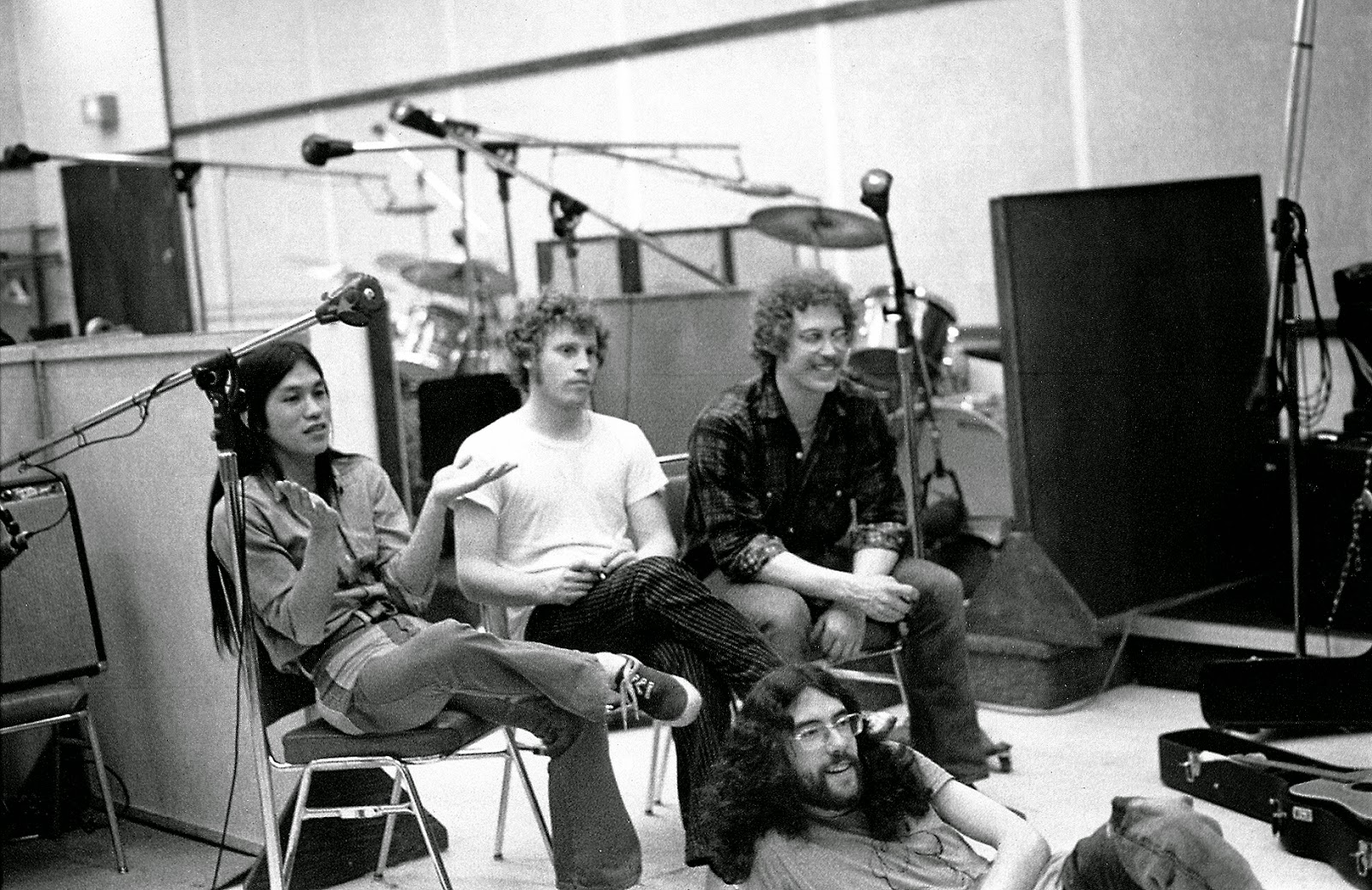
Mountain Bus had never received much publicity outside the Chicago area, nor had they made any money to speak of with their album, so the lawsuit was likely an attack on Good Records because the label was trying to offer music at affordable prices, which was a threat to the profits of major labels. The lawsuit proved effective when Good Records went bankrupt trying to fight it, and Mountain Bus broke up as a result.
Bill: All I remember is that we had our band name before “Mountain” existed. The idea behind “Good Records” is as follows: (From our manager, David Solomon who owned “Round Records” a local record store on Chicago’s north side.)
“Power to the people, music for music’s sake, not profit. “
David Solomon (manager): “These numbers may be off, but:
Let’s say a record store, such as mine was paying $3.00 for a record at a one stop (they were probably paying $2.50 from the studios). Good Records would sell to the record stores direct for $2.00 and still be able to make a substantial profit. The manufacture cost of the record was spit, add in the artwork and studio time; Good Records could make money and sell at a substantially lower price than a studio. The whole deal was a utopian “hippie” ideal to bring the peoples music to the people for cheap. Power to the people, music for music’s sake, not profit. Oh well, you can see where that got us. By the way, I really bought into that. I was into it for the music and the feeling and feedback from the audience when we were “ON”. Some of the best and worst times of my life, and I would not trade the experience for anything.”
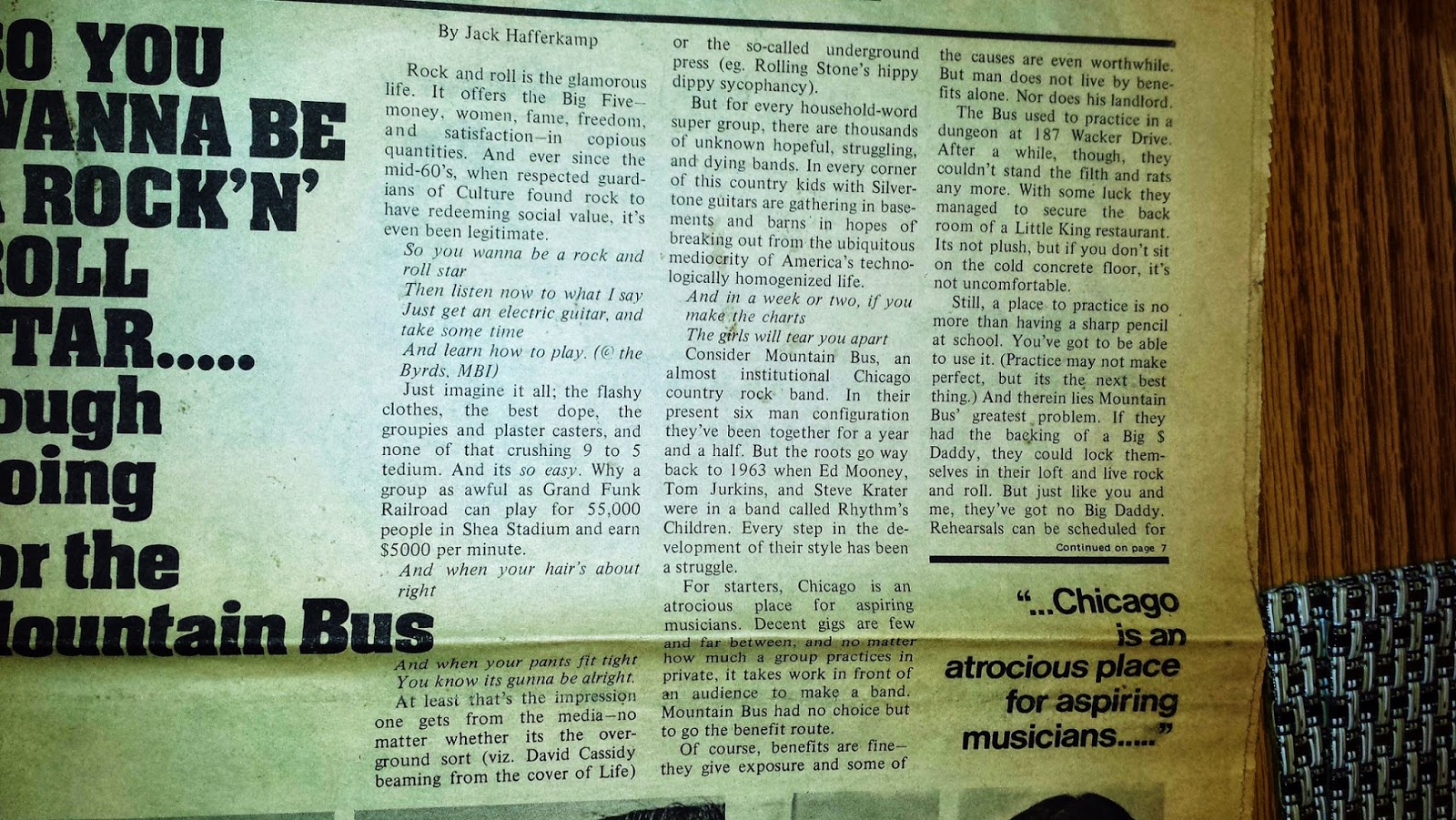
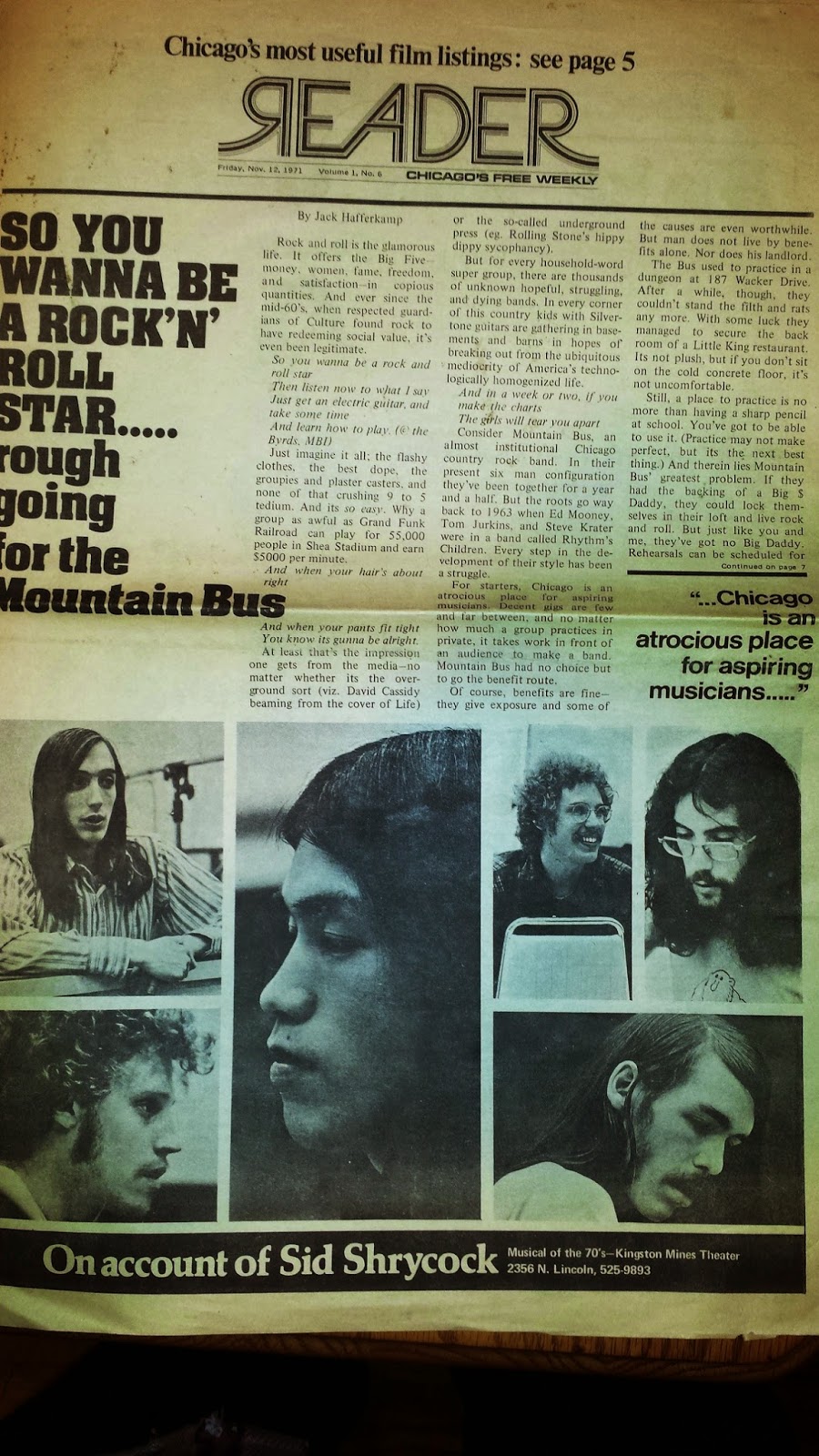
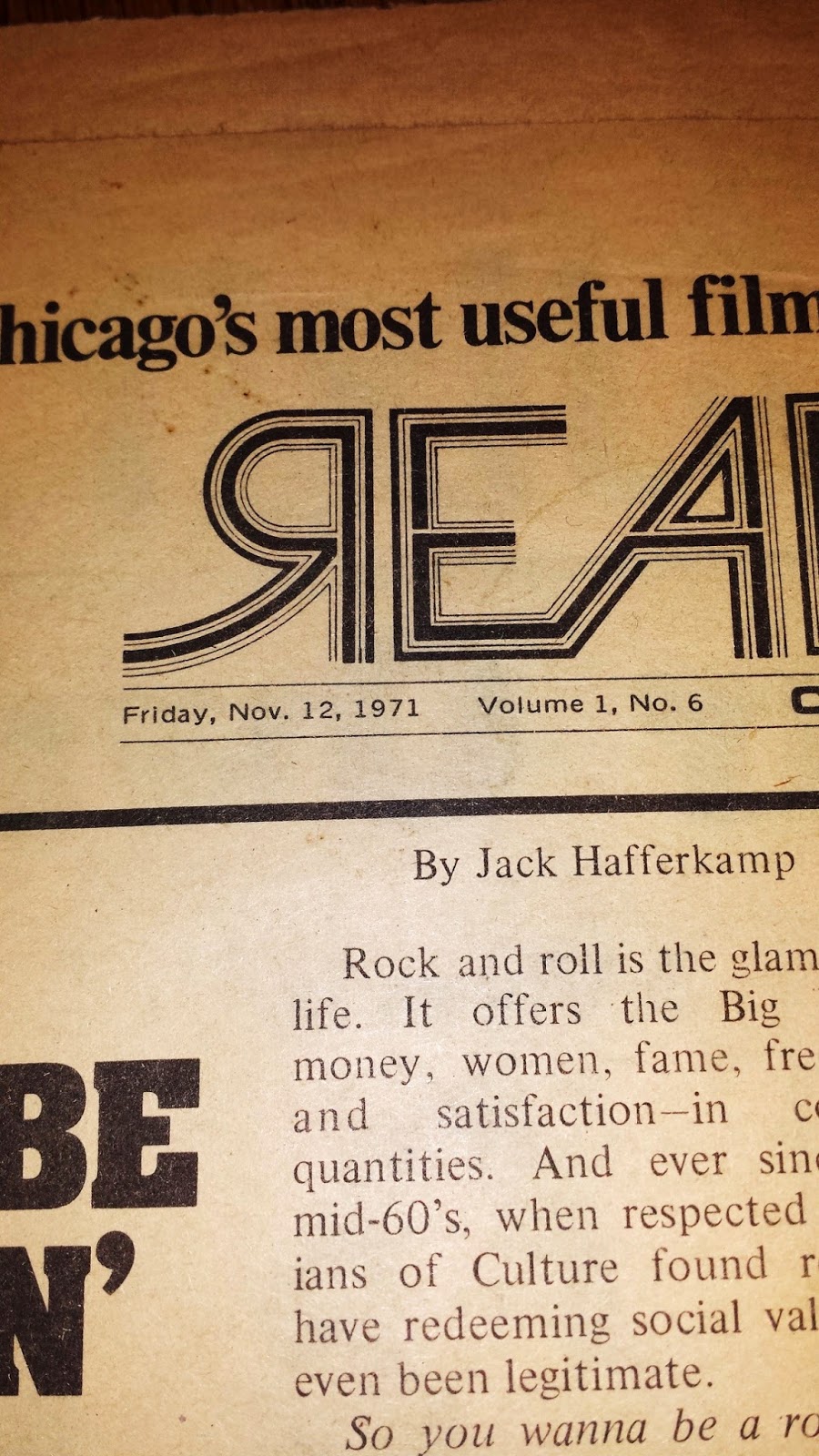
Bill: I remember that Good Records got a small article in Billboard Magazine, which talked about its business strategy, and, as I recall, it was very soon after that the shit hit the fan. We will never really know what was really behind the lawsuit, and I don’t go in for conspiracy theories as a rule, but this whole thing really smelled like skunk. Mountain Bus certainly posed no financial threat to anyone, but someone might have seen Good Records as one. It’s a bit hard to imagine now, but there was revolution in the air back then. The anti war / anti establishment demonstrations were starting to peak then. The murders of 4 students at Kent State by the Ohio National Guard was less than a year before, and people, especially young people facing the draft, were really pissed. It was in the news all the time, and it was in the music of course, and not only on underground stations, it had gone mainstream. The “counterculture” was real, and growing by leaps and bounds. Community co-operatives (food co-ops and such) were on the rise, effective boycotts were more common, and the “establishment” was freaking out. The suits in the offices of Windfall/Columbia Records may have thought Good Records could really take off and start signing big acts. Whatever the motivation may have been, it was stupid, petty, and for the members of Mountain Bus and our friends at Good Records and especially for our manager and pal, David, it was devastating and unforgivable.
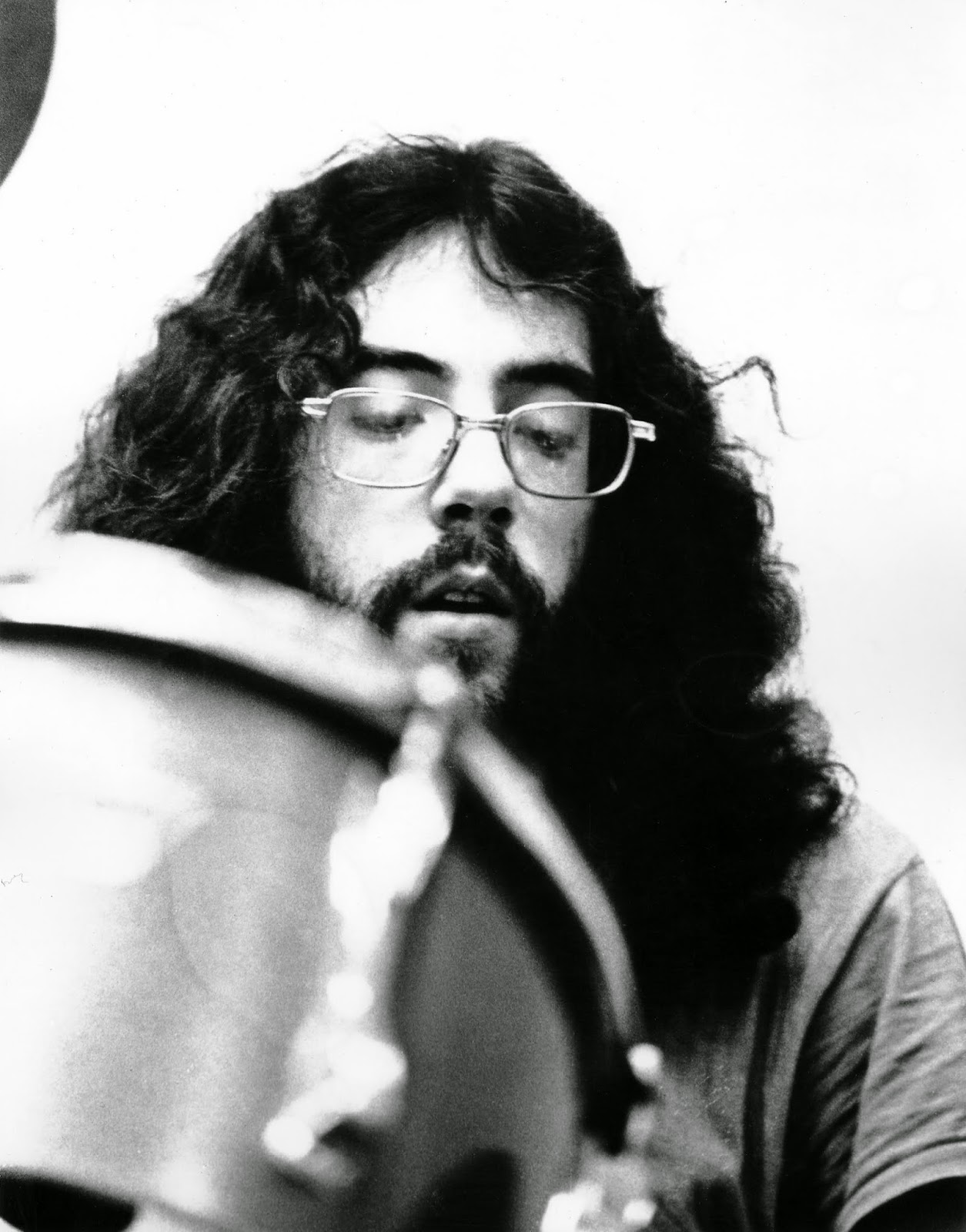
How did it end?
Bill: As I understood it, Good Records had no money to fight the lawsuit. They had gone all in on the project and could not cover the lawyer fees that would be required. The same was true for Mountain Bus. That was a shame really, because it was pretty obvious that this lawsuit had no merit. But, you know, this is a classic tale of… They had deep pockets. We had empty wallets, end of story.
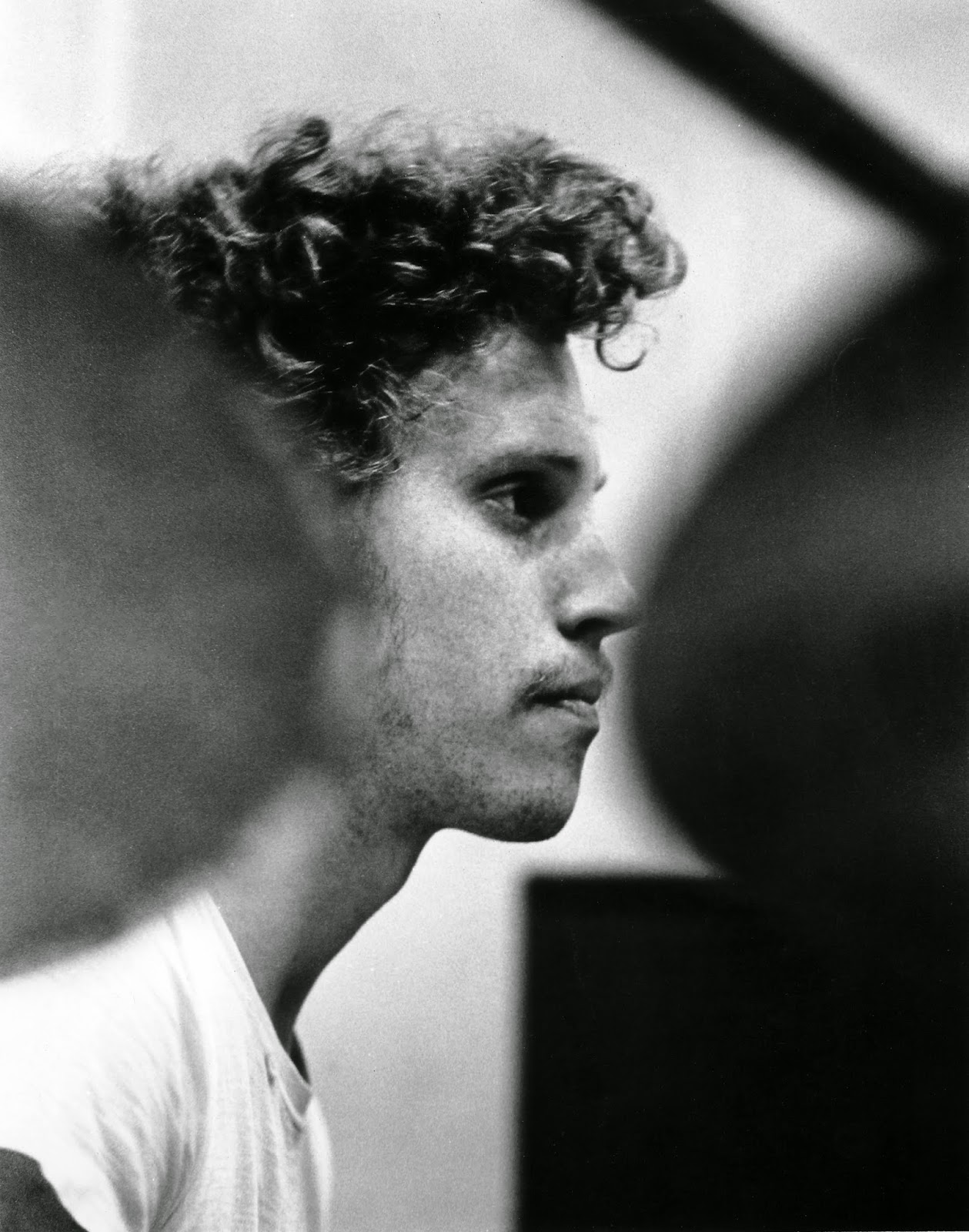
David: Since I was the only one with any assets “they” came after me (Round Records). On my attorney’s advice, (even though he said we would probably win, but it would take years, which meant I would lose everything) I agreed not to fight it. The band got together and voted to disband to save my ass (one of the terms of the lawsuit) and Good Records were to destroy all masters and records.
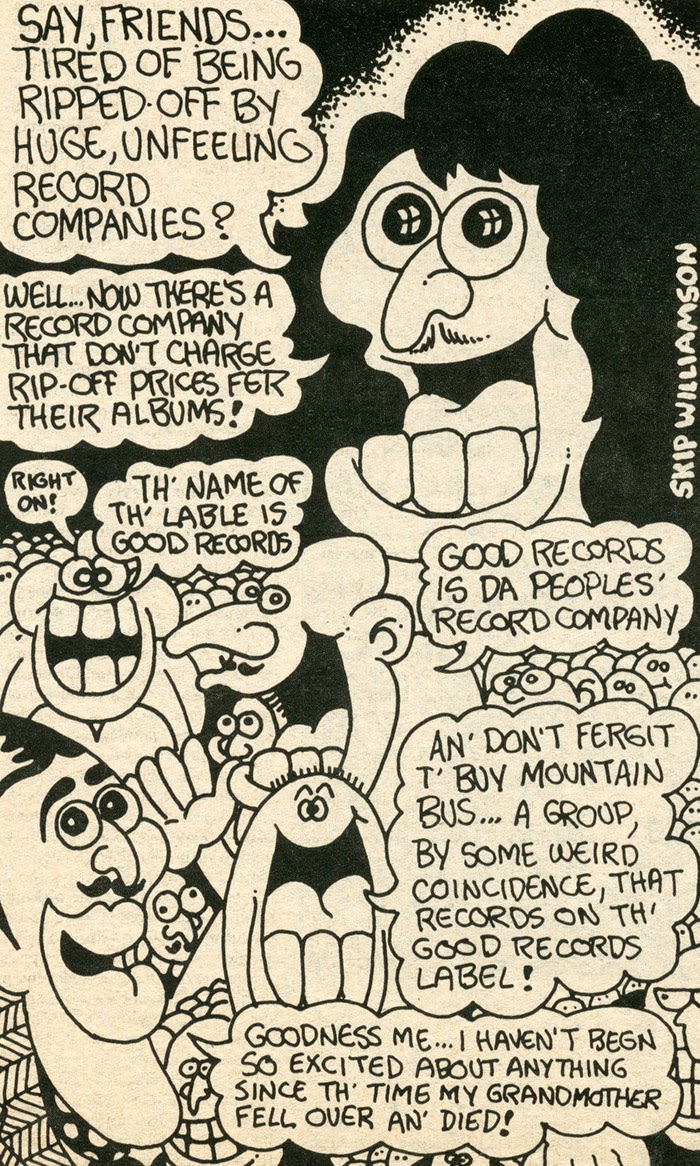
Bill: This brings up one happy ending to this story. The master tapes were never destroyed. Instead, they were given to me by Al Krockey (of Good Records), a few years after all of this went down. Many years later, we made a deal with Gear Fab Records and the CDs and LPs have been available since then.
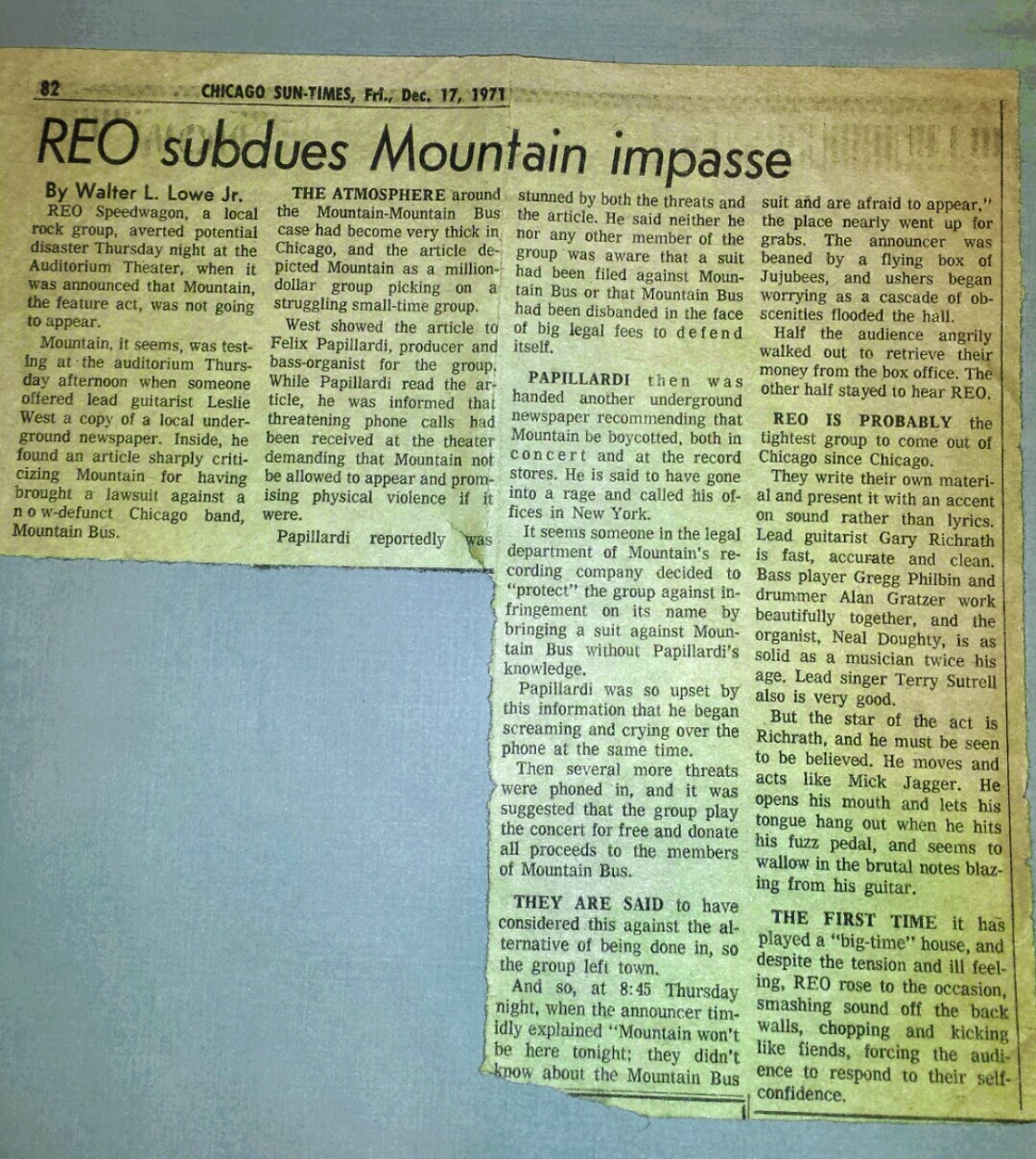
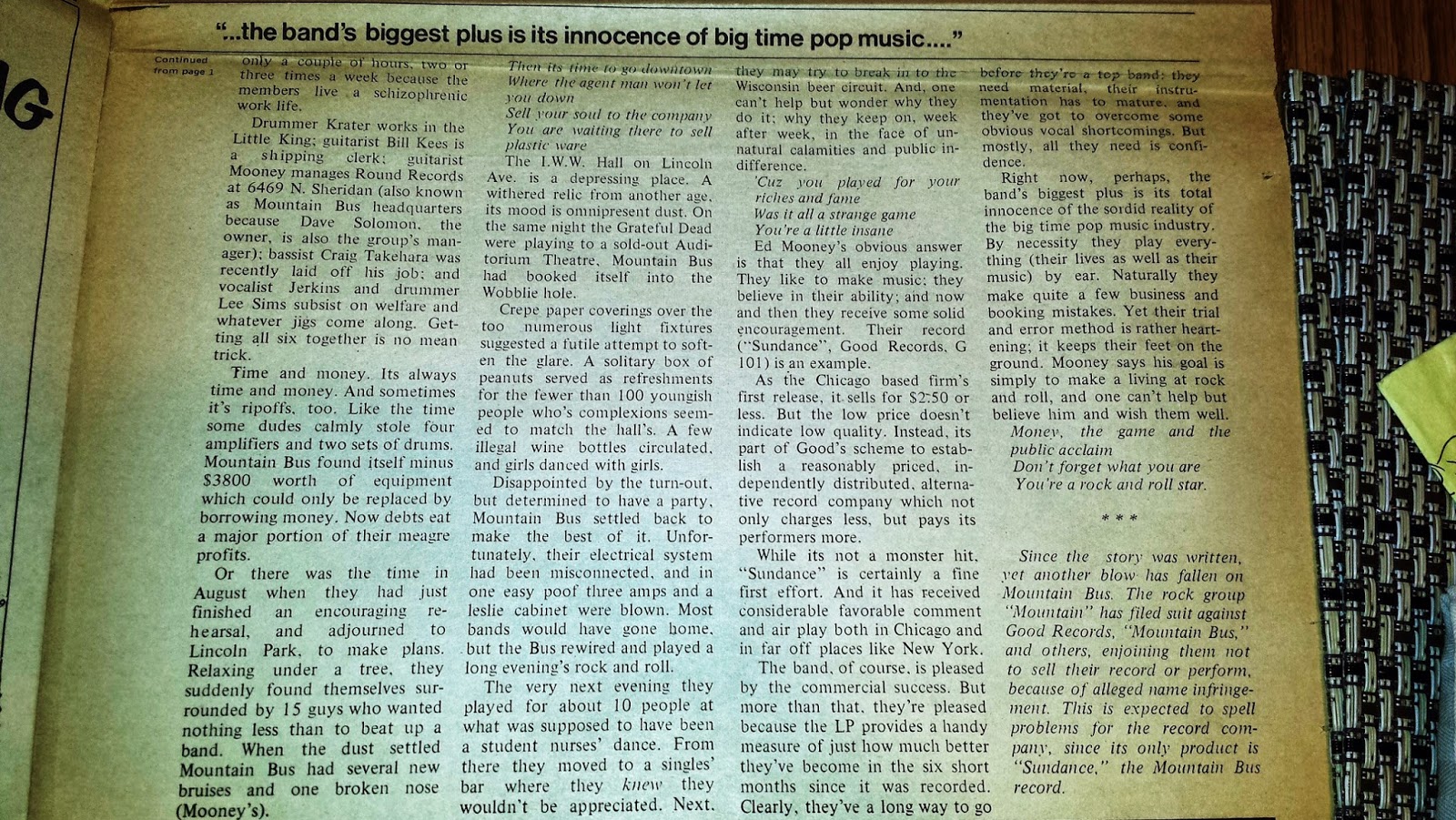
Where did you record your album? What kind of equipment did you use and who was the producer?
Bill: It was recorded at “Streeterville Recording Studios” on a 16 track machine. I don’t remember what mics were used or any of that stuff. I think this was the first time any of us had been in a big studio, and we were pretty green really. This was a small budget affair. We didn’t have the luxury of unlimited takes and mixing. Ed Mooney and I both had Fender Super Reverb amps as I recall, and Craig had a Sunn bass rig.
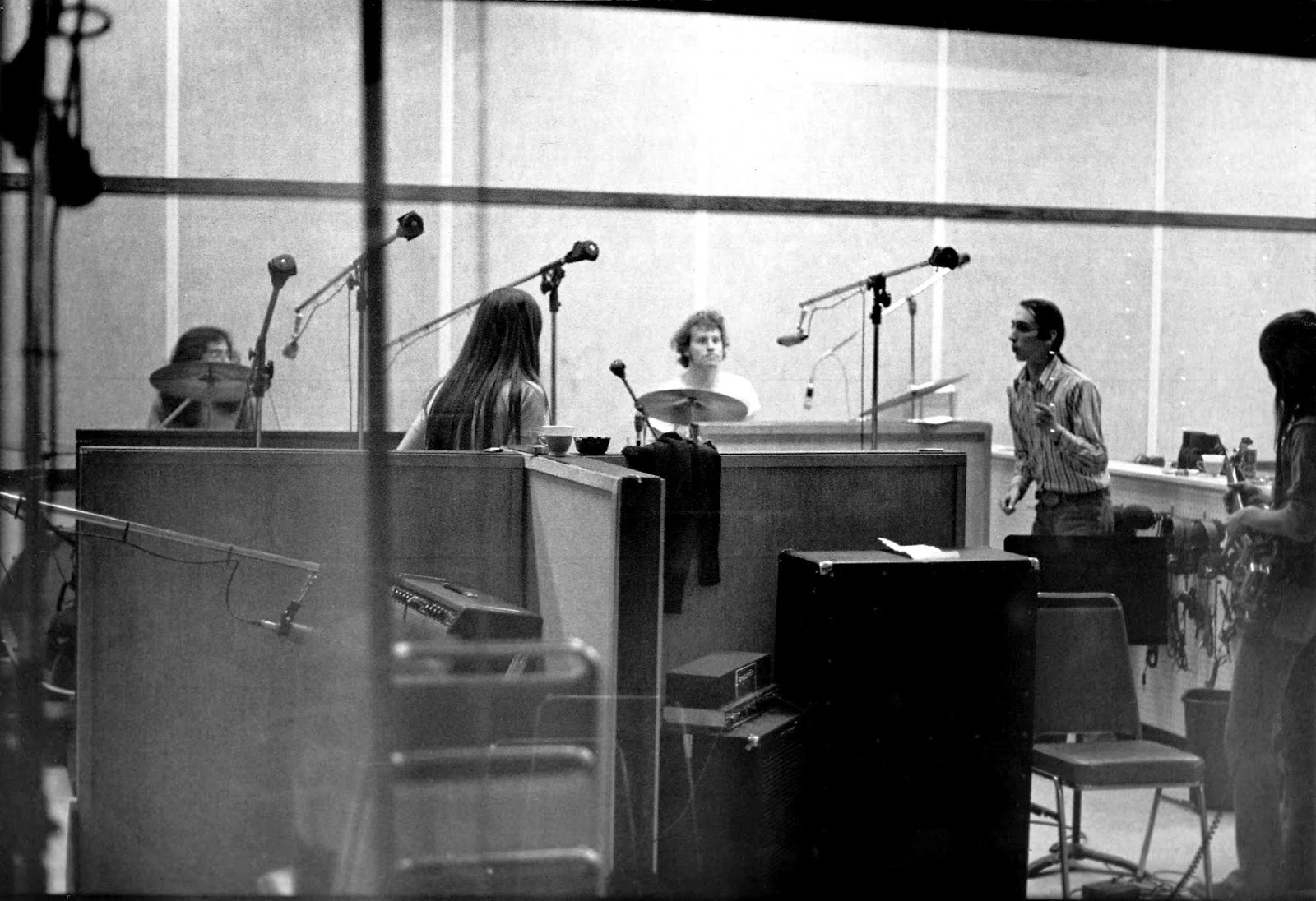
Ed: We got a deal to record 60 hours for recording & mixing for $3500 plus tape cost. We used 7 reels of 2” tape at $65 each and 3 or 4 reels of ¼ tape. I think the whole thing cost around $4500. I played my Guild Starfire through a Fender Super Reverb. Sometime after the album was done Bill and I both got two Fender Twin Reverbs. I would have one on his side of the stage and he would have one on my side. This was so we could hear each other, which was tough with two sets of drums between us.
“We all ate some mushroom or peyote and went out to the forest and romped around.”
What can you say about the cover artwork?
Bill: A dear friend, and high school mate of mine, Karen Goodpasture, did the calligraphy. As far as the rest of it, I don’t quite recall, but it is a photo of Ed Mooney on the front cover. The original LP credits album design to, Craig Takehara, Frank Treadwell, and Mike Gold.
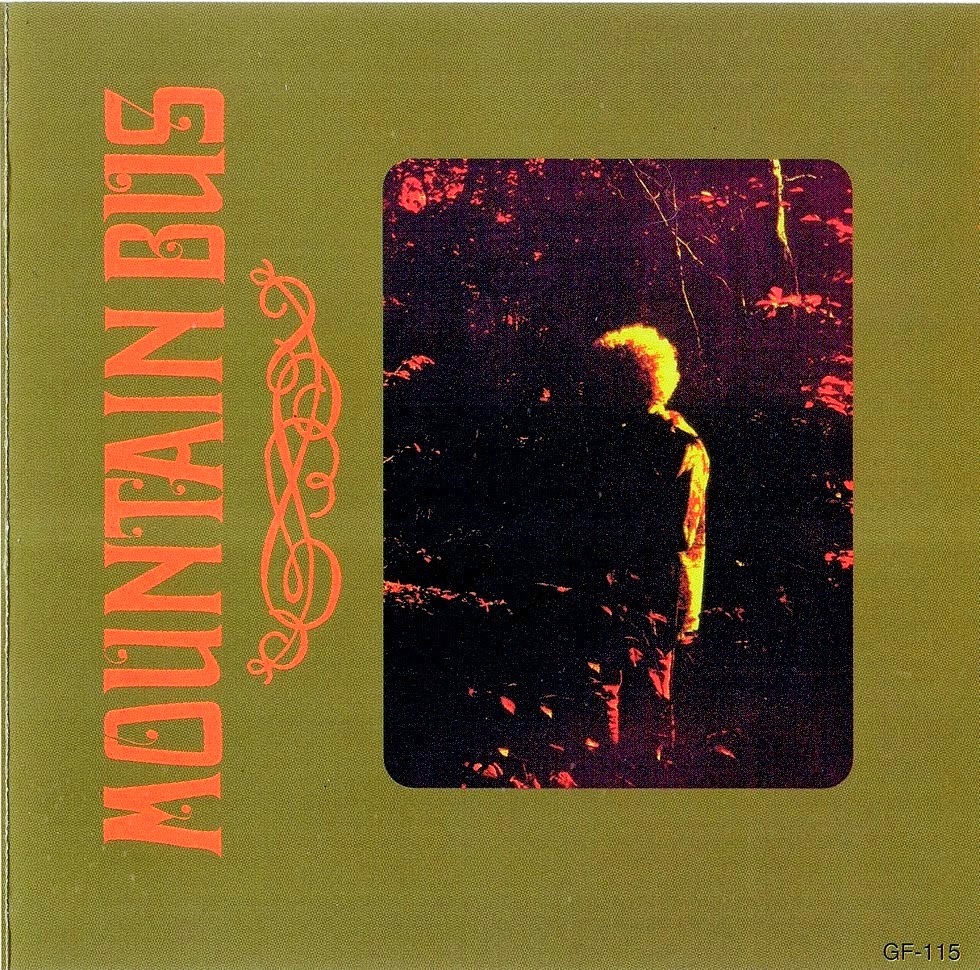
Ed: The cover photo was shot by, Frank Treadwell. We all ate some mushroom or peyote and went out to the forest and romped around. He got a great shot of the sun shining through my hair. It pretty much captured the whole peace, love hippy thing we were all into.
Would you share your insight on the albums’ tracks?
Bill: I’ve already mentioned something about the 2nd half of the LP. The last track on the first side of the album is “Sundance”. It, like the other songs, was recorded in one or two takes. We took the best track and added vocals and other tracks. We put a lot of work into this track as well as the following tracks “I Know You Rider” and “Apache Canyon”. As I mentioned before, these songs were all recorded live in studio and all of the instrumental jams were done on the original recording. The vocals recorded during the original session were considered “scratch vocals” and were all overdubbed during later production recording as is normal procedure in multi track recording. We were under pressure to get this project done, so we put the most work into these few tracks we thought were our best. At any rate, we worked our collective butts off doing the best we could with the resources available.
Ed: Except for the jams on side two, what I recall is that all the songs resulted from us just jamming. Bill would usually bring in some cool riff and we’d jam it for days, then Tom would take it and write some lyrics.
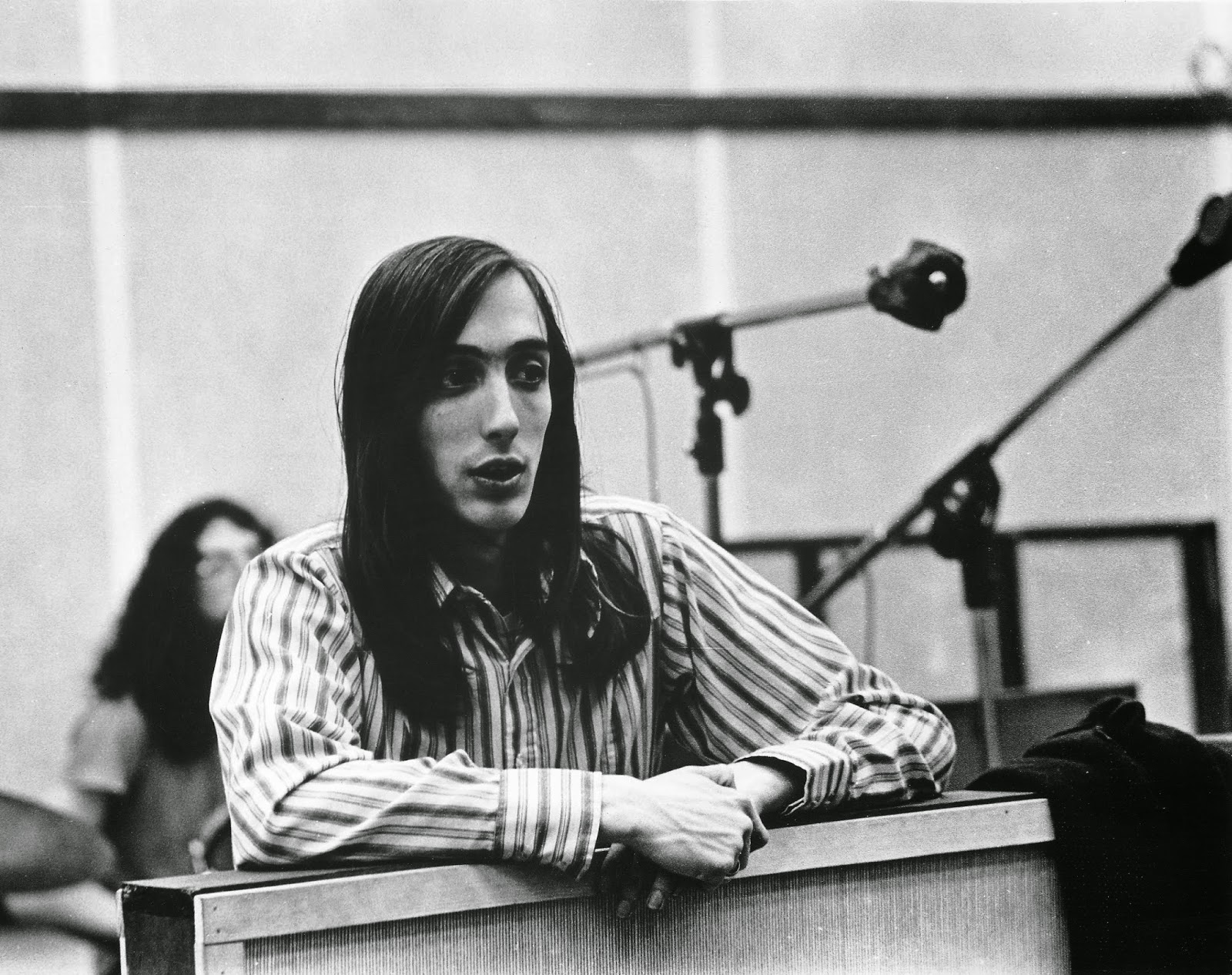
What were the influences and inspirations for the songs recorded?
Bill: I remember a couple of my band mates were really into the “Dead”, and I did like the band, although I was more into bands or artists such as Procol Harum, The Paul Butterfield Blues Band, Quicksilver, Marvin Gaye, and others. I think we were into everything really. I also liked Koto music, and I loved Julian Bream. I would have to say we were all on paths of new musical discoveries, and as I said before, there was so much great music back then. Free form jamming was the thing I loved the most, (which the “Dead” were so great at) and I was really into pushing the envelope. I had just turned twenty when we recorded “Sundance”, and I was working as hard as I could to improve my playing chops and my ability to improvise in a group environment.
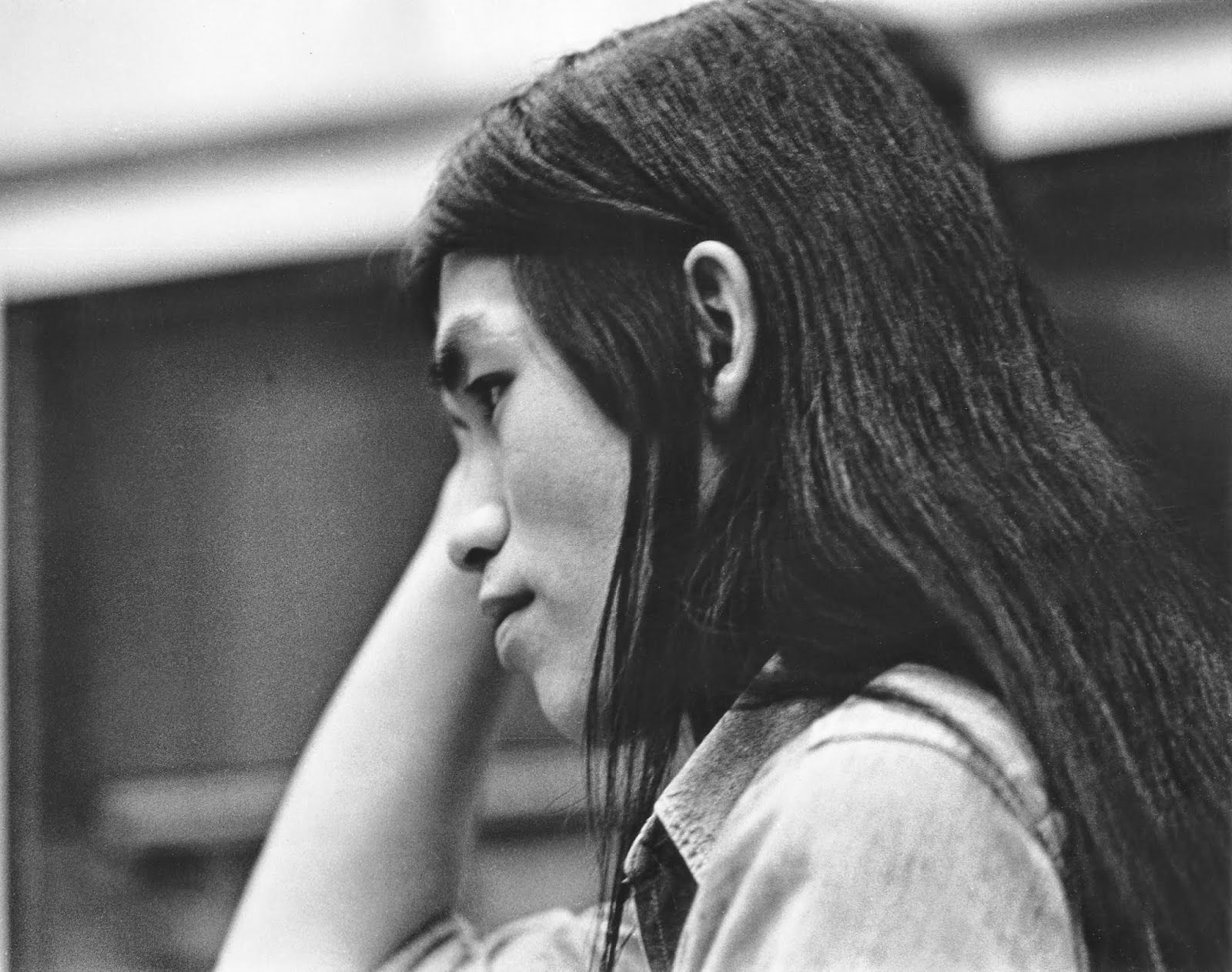
Ed: It’s always felt great to be mentioned in the same sentence with Dead. We never were trying to emulate them, but we really enjoyed the freedom that this form allowed musicians.
Your version of “I Know You Rider” is amazing.
Bill: It’s a funny thing about “I Know You Rider”. So many times on stage, it would be the standout song of the night. It became a standard part of the sets of my next band “Sky Farmer”, and when we had reunion gigs 25 years after, Ed sat in with us, and we jammed on it once again. It was one of our favorites still.
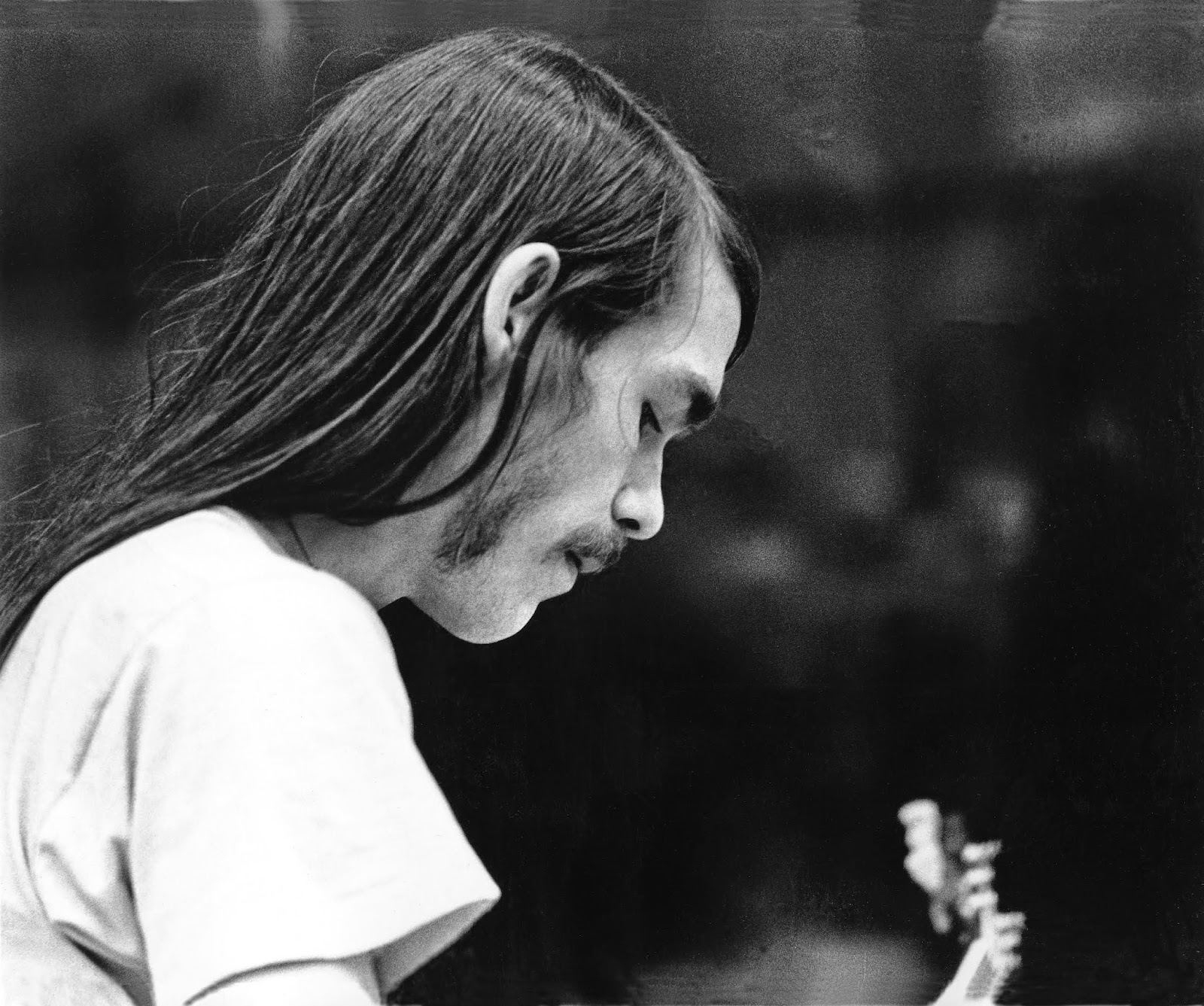
Ed: It was always a lot off fun. You’d never know where you would end up. Many times we’d segue into another song or two and then end up back with Rider. It was not unusual for it to go for 30 min. or more.
“Getting high before a show was part of the experience.”
The CD reissue contains a few bonus tracks.
Bill: I’m not quite sure how much of a “bonus” these tracks were. They are pretty raw, low fidelity recordings. They are in stereo however, and Ed and I are on reverse sides of the stereo mix compared to the Sundance recordings. I should note that my next band, Sky Farmer, continued to play “I Don’t Worry”, “Six Days on the Road” and “I know you Rider”. “Meet me at the Bottom” has Tommy singing and playing harp, and I’m playing bottleneck guitar. Oh yes, I should add a correction. The names of tracks 11 and 12 are reversed. Track 11 should be “Young Man’s Blues” and Track 12 is “Ticket In My Pocket”. Sorry about that.
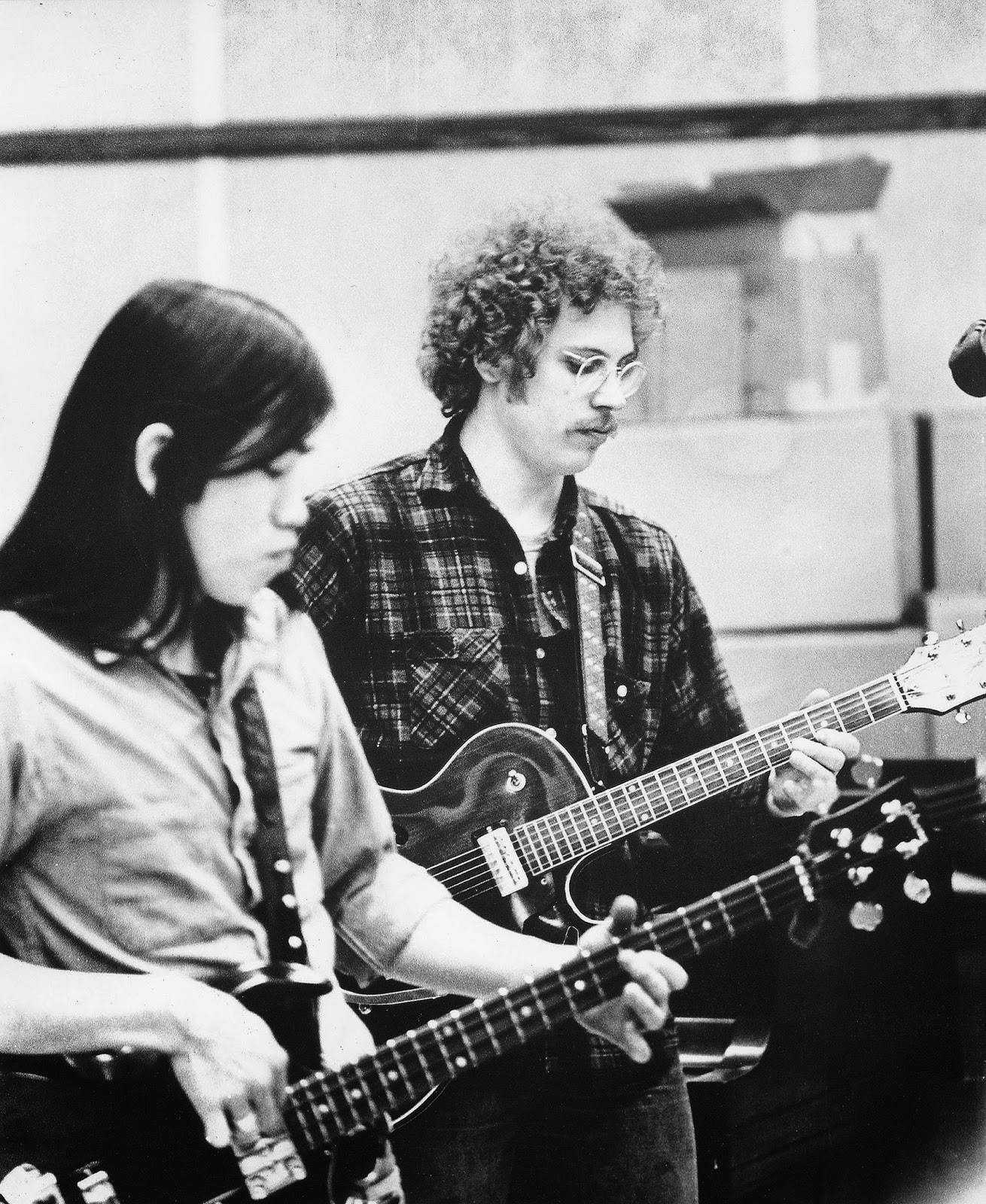
Is there any unreleased material?
Bill: I don’t know this for a fact, but I’ve been told that there were bootleg re-issues of the “Sundance” LP in Europe years ago. I’ve never seen one, but that’s the story I heard.
“We would just let the music flow through us, and our imaginations would fill in the colors.”
What’s your opinion about psychedelics? What do you think about their interaction with creativity and perception?
Bill: Well, that is an interesting question. I can tell you that we did smoke pot on a regular basis when playing (ok, pretty much all the time), but in my opinion at least, trying to play on stage while under the influence of acid or other hallucinogens is a bad idea. We did, of course, do that stuff offstage. Looking back, it seems pretty careless. By that I mean, who the hell knew what was in the stuff? There was no quality control. No one knew how or where it was manufactured, and there were many cases of bad acid and bad trips. Having said that, I must say that my “Doors of Perception” were blown wide open. It seemed at least, that I could perceive nuances in music that I missed otherwise, but perhaps that was an illusion. I remember one time I was practicing guitar playing a wah wah pedal for what must have been hours, while tripping. It was a hot summer day and I was sweating and decided to take a shower. I got in the shower and I heard the shower in full wah wah effect. That was rather amusing. A girlfriend of mine and I had a “mescaline” summer during those days. We would listen to LPs like one would watch a film in a movie theater. We would just let the music flow through us, and our imaginations would fill in the colors. Looking back, I do believe I derived some creative benefit from the hallucinogenic experience, but I don’t want to romanticize it. Hallucinogens are very powerful, and can be very dangerous. We were able to handle them, just barely sometimes, but some people did not, with tragic results.
Ed: Getting high before a show was part of the experience. I’m guessing a large part of our audience was also high so there was a shared energy that would fuel our shows.
Bill: I can testify to the fact that just about everybody was high on one thing or another.
What happened next?
Bill: Our last gig was a farewell concert at “Amazing Grace” in Evanston (just north of Chicago) it was also recorded for WXRT radio for broadcast later. I had a couple of musician pals who were living in Southwest Wisconsin way out in farm country at the time, and I went up there to start a new band. I was the youngest member of Mountain Bus, and I was really fired up to keep on playing, and that’s what I did. Craig Takehara soon joined me and later, so did Lee Sims. The rest of the band went on to other bands. In the late 1970s, Ed, Craig and I were playing together again in another band in Chicago called Kiddo. I kept playing in bands into the early 1980s, and then in the mid 1990s. But with the exception of a few reunion gigs in the late 1990s and some duet gigs my wife and I have done since then, that’s it. Our buddy Ed just keeps on trucking though, he’s playing gigs still, bless him!
Do you think you could make it “big” if there weren’t any problems?
Bill: Well, I don’t know if we could of made it big, I would have been happy, to have made it small, or even medium. But, Like David said, “I wouldn’t trade the experience for anything”.
– Klemen Breznikar

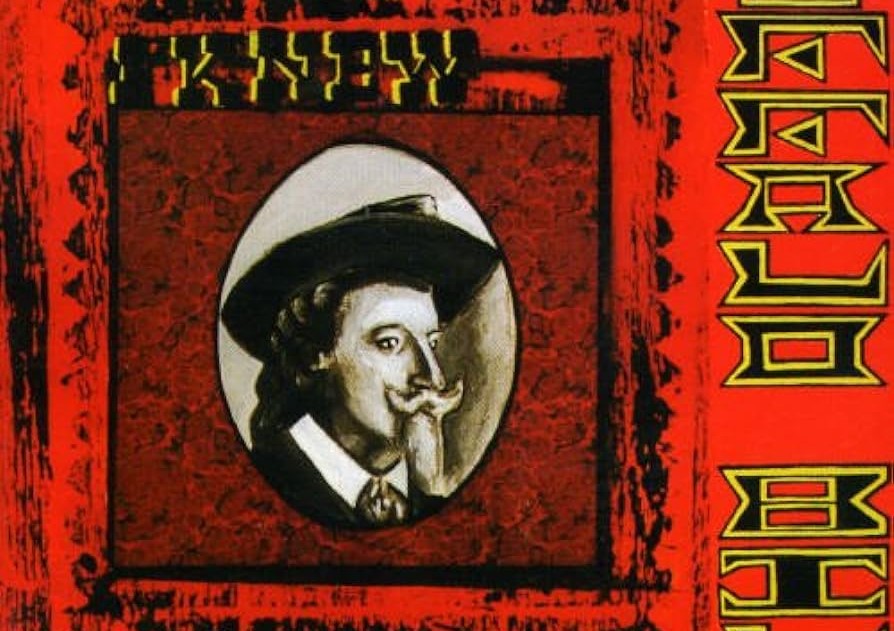
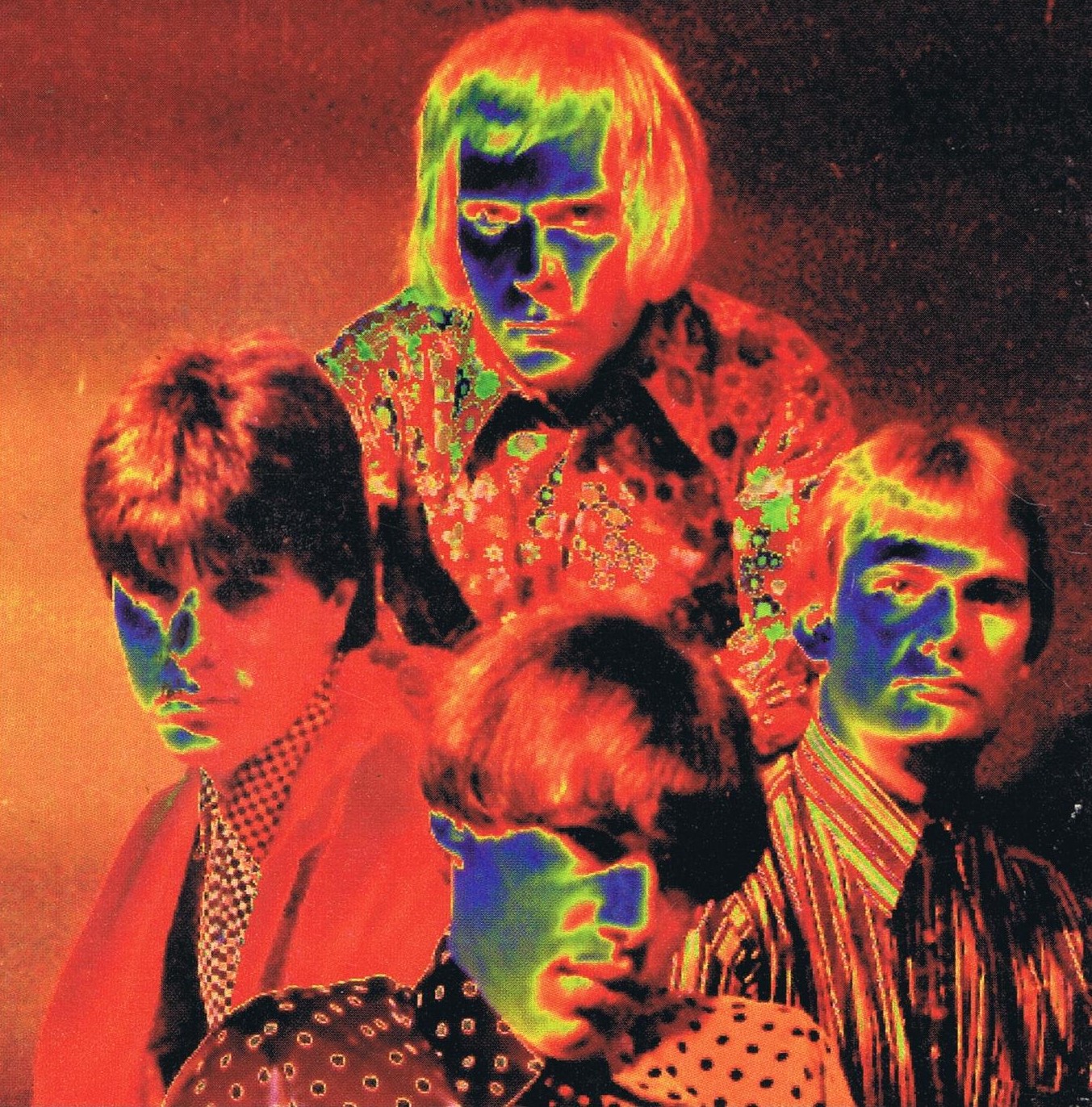
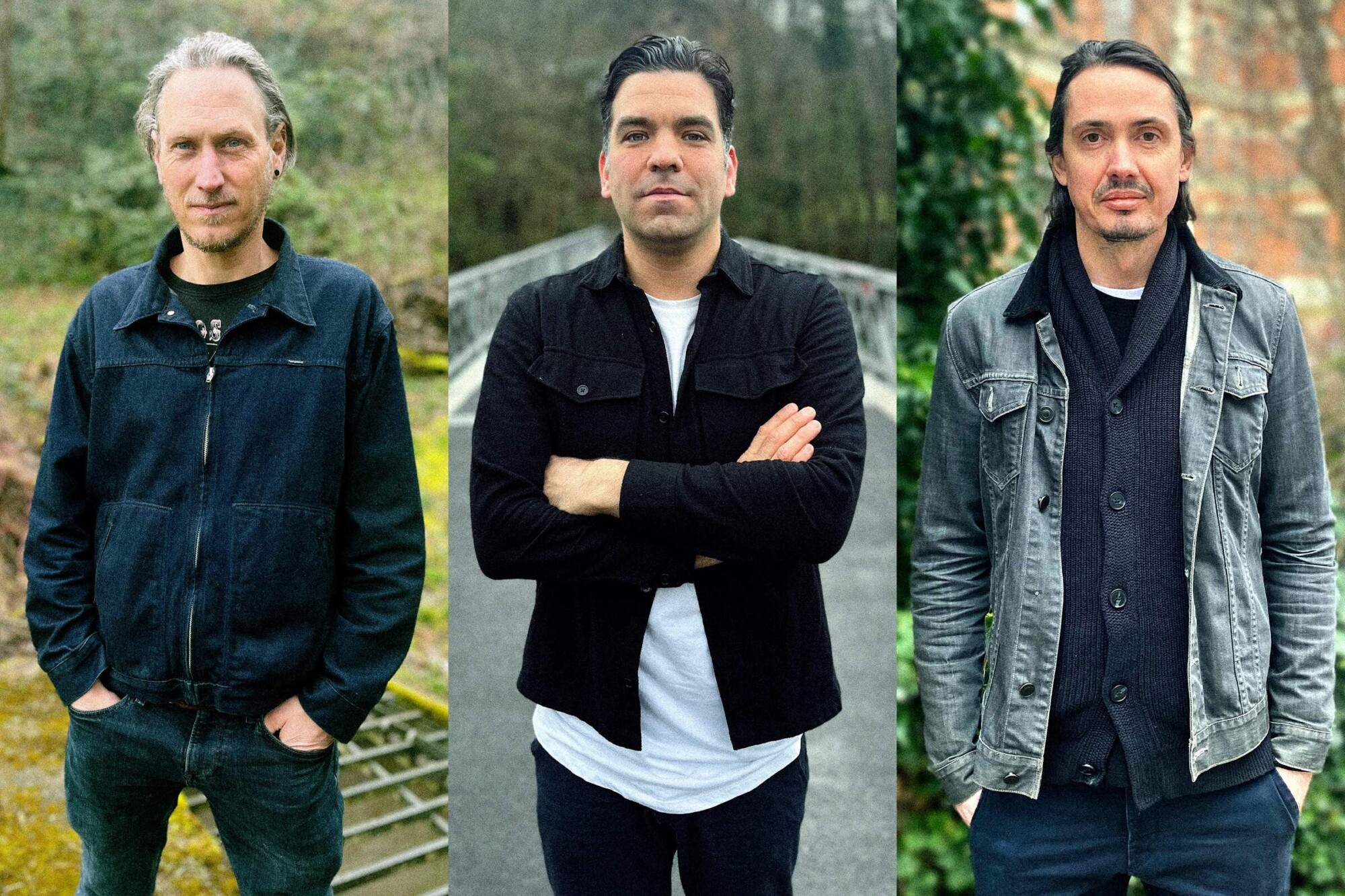
Great Interview. Great Band.
They dropped a tab and got it, as evidenced by their hindsight attitude, while proving their authenticity that's felt in the music.
I would of loved to have been on a blue-flat, in a ballroom, listening to these guys at a Trips Festival!
Thanks for the music!
Thanks for this interview and a walk down memory lane. In 1971 I lived on No. Halstead st. in Chicago, and was into the "hippie" scene on the near-northside of the city. Not to far away, in the 2400 block of North Lincoln Ave., was the national office of the Industrial Workers of the World union. In addition to their offices, they had a large hall for meetings which I guess they would rent out for events. I remember seeing Mountain Bus there on several occasions in the fall of 1971 and falling in love with them. For an audience member the experience was very much like the Grateful Dead. In my mind's eye I can still see them playing and hear the notes of I Know You Rider. We had such a great time at those shows. They were absolutely one of my favorite bands at the time. I also remember the law suit, and to this day I have held a resentment towards the band Mountain for destroying one of my favorites, and as a result I have never been able to enjoy their music. So glad to know that the album is out there. Now I just have to find a copy!
I was director of Mertz Hall at Loyola and a regular customer of Round Records, only a block away on Sheridan Road. I loved going to hear Mountain Bus at the second floor bar nearby. Sorry they didn’t have a chance to go on. I remember very well when they decided to quit. Just bought a new copy of Sundance and am really happy to hear it again. Thanks, guys!
Good Records was located on Chicago’s Goose Island, long before the beer company, at the “corner” of Weed and Hooker Streets. Problem was, it was an industrial area back then and there were no street signs. It once took UPS three days to find the place!
Great interview. Accurate retelling of the tale I was one of the partners in Good Records. Former owner of Gramaphone Records.
Saw these guys a few times Ruby Gulch, a small club in Champaign Urbana. One of the guitarists had a Strat with humbuckers as well as single-coil pickups, which inspired me to modify my own guitar.
I really looked up to these guys. I was in a band called Virgin Dog that played in some of the same venues as Mountain Bus, especially around the North Side and Loyola. They just blew me away. I remember reading a glowing review of their album in Stereo Review, I think. I also believe they were the featured album of the month. I got married and moved out of town and didn’t hear what happened to them until much later. It’s a sad story.
We were college students in D.C. in 1972. My fellow Grateful Dead housemate got a Sundance LP and we loved it. I just got the CD version and it’s better than I remembered. I’ve never heard anything like them since 1972. They were an amazing, unique, wonderful band. Thanks!